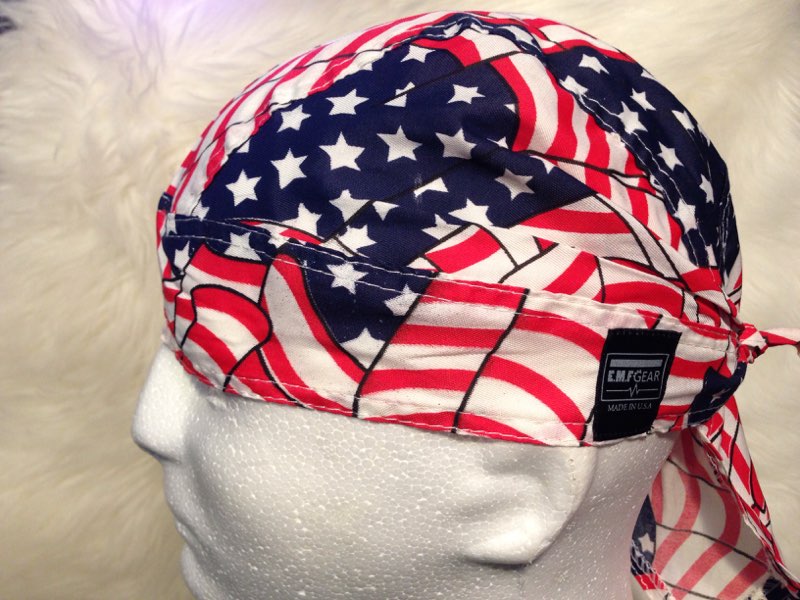The Faraday hat is an EMF protection hat which blocks radio waves from being transmitted to your brain. It's a tinfoil hat which is used extensively by those suffering from Electromagnetic Hypersensitivity (EHS).

Tin foil hats function as a Faraday enclosure, an enclosure that shields its interior from electrostatic charges and electromagnetic radiation through spreading them out around the outside part of the cage.
How Faraday Cages Work
A Faraday cage is a metal object that functions like an electric conductor. When an electric charge comes into proximity to it the free electrons inside the conductive material immediately align themselves and cancel out any charged field.
A Faraday cage's effectiveness depends on its shape, size and construction materials. Also, they must be accessible to ground and have gaps and seams minimized.
The best Faraday cages block both static electric charges as well as electromagnetic waves, protecting scientists who run sensitive experiments that are affected by radiated radiation. MRI scanning rooms, for example, have to be enclosed in a Faraday cage to stop radiation from interrupting diagnostic imaging.
Despite their remarkable efficacy, Faraday cages can be ideal. Electrons can still get through a Faraday cage and cause damage to electronics within. This is why they're utilized in labs that are high-powered to cut down on noise and interference. They also offer protection the equipment from electro-magnetic pulses (EMPs) that are high-energy weapons designed to neutralize electronic equipment.
What is Faraday Fabric? faraday hats doesn't matter if it's radio waves Cell towers, Wi-Fi or other electromagnetic radiation sources, interference can make these connections unstable and interrupt the operation of devices. This is why numerous essential components are covered in protective materials like copper foil to protect them.
But these cages aren't the most comfortable and sturdy. faraday hat in Drexel University have developed a Faraday fabric which is flexible, durable and washable.
The fabric is an 2D material known as MXene, and it can block almost all electromagnetic waves. In the future, clothes that are made with this technology can be used to shield clothing from interference and people from dangerous radiation.
Although this technology is currently in development, it's an exciting idea for clothing. The team is hoping that this new fabric will lead to clothing with RF-blocking pockets, which could be beneficial for people who want to keep their gadgets away from their eyes when using them. This could help in preventing a common health concern - radiation causing brain tumors.
Faraday Cages Versus Faraday Fabric
If you're unfamiliar with Faraday cages Let's look at how they work: When the electrical fields come in contact with metal conductors like aluminum mesh this causes the positive and negative particles to separate. The redistribution of charge blocks all electromagnetic signals that are brought in.
It's this process that lets utility workers be near power lines without the fear of electrocuting themselves. It also helps to keep the military equipment and telecommunications devices safe from interference.
But, Faraday cages can be expensiveand aren't suitable for daily use. That's where Faraday fabric is available.
Faraday Fabric Versus Tin Foil
If you've seen a Faraday cage, you'll know they're nothing more than an all-encompassing conductor that deflects or harmlessly absorbs electromagnetic radiation prior to it reaching sensitive electrical components contained within. Great post to read of shielding is used in elevators, in the scanning rooms that MRI machines are located within, "booster bags" that shoplifters use to circumvent electronic security tags, and even in your home microwave oven.
Can a tin-foil cover truly be an actual Faraday cage?
In order to fully block radio waves the Faraday cage needs to be completely sealed and enclosed.
However, a tin-foil hat doesn't have the space to accomplish this and that's why it can only block radiation.
In addition, tin foil hats have the ability to amplify radio frequencies. They claim to accomplish this by making use of resonance.
